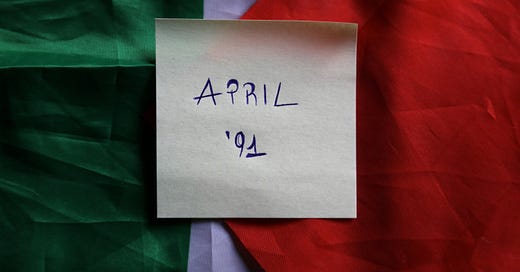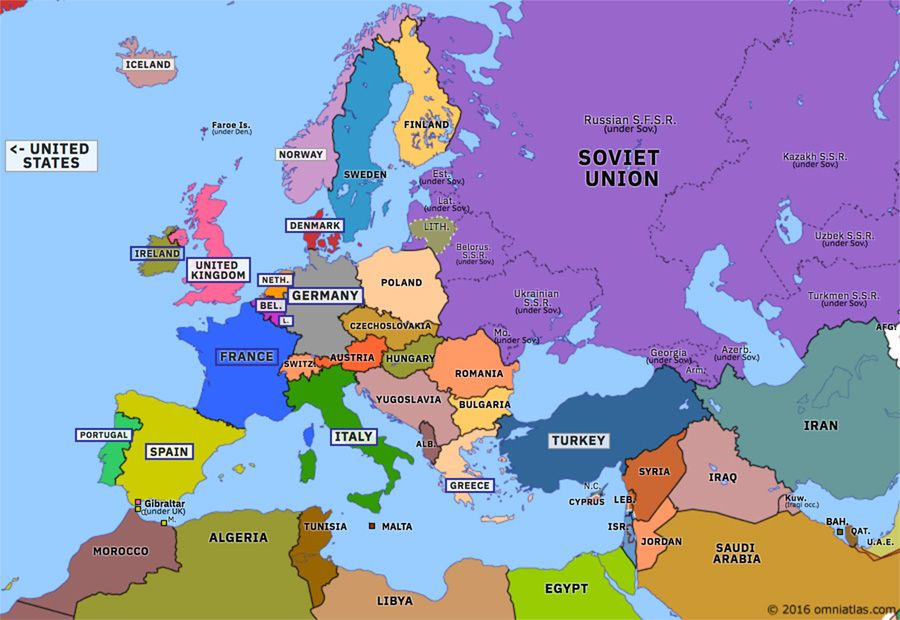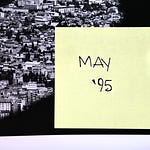It is April 1991.
The Yugoslav spring is turning blood red, after the fighting in Titova Korenica, in the Croatian region of Krajina [you can listen to the latest episode of BarBalkans - Podcast here].
About 400 tourists wake up in the middle of a war scenario, but the Western diplomatic services show all their inability to react.
Europe and the United States realize that something is happening in the Balkans, but for several months they will prove not to be up for the epochal event.
How to defend the status quo
There is a basic explanation that lies behind the approach of Western diplomats to the Balkan question.
All analysis are marred by the belief that war is avoidable and will be avoided, no matter how bad the tensions, skirmishes or fighting are.
Moreover, the integrity of Yugoslavia is a dogma. Otherwise, there would be a risk of separatism everywhere in Europe: from the Soviet Republics to Northern Ireland, from Corsica to the Basque Country.
As early as 1977, the German correspondent Carl Gustav Stream wondered whether Yugoslavia could resist Tito’s death. The answer - between the lines - was no.
Even in the first six months of 1991, when it is clear that an armed conflict is going to break out in Yugoslavia, the Western diplomatic services are blind.
The specter of separatism haunts Yugoslavia throughout the month of April. Slovenia is close to independence [here is the episode of January ‘91] and Croatia has to arrange its independence while facing military actions by Serbo-Croats in Krajina and Slavonia [here is the episode of February ‘91].
However, Europe and the United States seem paralyzed.
Germany, Austria and the Holy See - thanks to their widespread network and historical knowledge of the region - push for the recognition of Ljubljana’s and Zagreb’s independence.
Great Britain, France and Italy (and the rest of the continent) are on Belgrade’s side. They do not support the Serbian president, Slobodan Milošević, but rather the Yugoslav entity.
There are many reasons.
First of all, there is the fear that the Balkan peninsula divided into many nation-States may enter into the reunified Germany’s sphere of influence. The Greater Germany is more frightening than the instability of the Western Balkans.
Then, there are the aforementioned will to prevent separatism in other European countries and the political laziness to read the new challenges.
The historical ties between Paris and Belgrade, the reassuring thought that Yugoslavia is a Franco-British creature and the Italian hatred towards Slovenes and Croats over the issue of sinkholes.
And finally, there is a concern for the fate of Eastern Europe, from the unstable Yugoslavia to the dying Soviet Union and the uncertainties in Czechoslovakia and Romania. While the United States are busy with the Gulf War and its consequences.
This whole situation does not help a lucid analysis of the dynamics in the Balkans.
Geo-strategic mistakes
A journalist explained the mistakes of European and US diplomatic services with extreme clarity. His name is Viktor Meier, correspondent for 30 years from the Balkans, for Neue Zürcher Zeitung and Frankfurter Allgemeine Zeitung.
«Many Western diplomats, who left the capital city [Belgrade, ed] only with great reluctance […], seemed not to have understood the reality of the country. In the last six months of Yugoslavia, their refusal to look on reality clearly had grotesque dimensions».
Meier used his privileged point of view to express severe but reasoned criticism:
«The analyzes I heard from the circle of Western diplomats at that time made an almost shocking impression. I had never heard before such a blend of political errors, lazy thinking and superficiality. These people have their share of responsibility for the catastrophic errors of Western politics in Yugoslavia».
“These people” have names and surnames:
«Among them, the most important were Warren Zimmermann (United States), Sergio Vento (Italy), Hansjorg von Eiff (Germany), Michel Chatelais (France) and Peter Hall (Great Britain)».
Europe seems paralyzed, but Washington is not looking better.
On June 21, a few days before the start of the war in Slovenia, the Secretary of State, James Baker, flies to Belgrade to call for unity, warning against «unilateral actions». However, he does not indicate any way to prevent war in practice.
The following day, on the columns of The New York Times a scathing editorial is published:
«Bush and Baker have bet on the losing horse. How can a liberal society like the US defend a regime like the Yugoslav one? […] Only bankers fear the breakup of Yugoslavia: if Slovenia and Croatia, tired of being exploited by incompetent communists, leave Yugoslavia, it will be impossible to collect outstanding Belgrade’s debts».
Already on April 12, Milošević gave a speech to the Serbian Parliament on the American attitude towards Yugoslavia. According to the Serbian president, Washington would not intervene in the Balkan turmoil, aware of the difficulties:
«It is difficult for the Great Powers to intervene in any European country and certainly not in one where there would be losses. We are neither Panama nor Grenada».
It will be partially true.
The escalation
Meanwhile, the situation in the Balkans is getting out of control.
The clashes still occur in Krajina and Slavonia, the Croatian regions populated by consistent Serbian minorities.
In Pakrac and Knin, in Glina and Borovo, the Serbo-Croats alternate armed incidents and non-collaboration with Croatian authorities. The public administration is paralyzed and is losing control of these areas.
Machine guns, grenades, landmines and bombs are filling the arsenals.
Riding armored vehicles, the supporters of the Greater Serbia conquer pieces of land with an endless stream of terrorist actions.
Stations are bombed, rails sabotaged, aqueducts interrupted, Croatian houses and shops blown up.
At the end of April, there have been 89 attacks and 154 bombings. Zadar is the most targeted city.
A rough May is coming.
If you liked this article, you can spread this parallel journey and the free weekly newsletter on social media:
You can also give a gift subscription to whoever you want. Don’t let this virtual trip to the Balkans get lost!
Here is the archive of BarBalkans - Podcast:



















Share this post